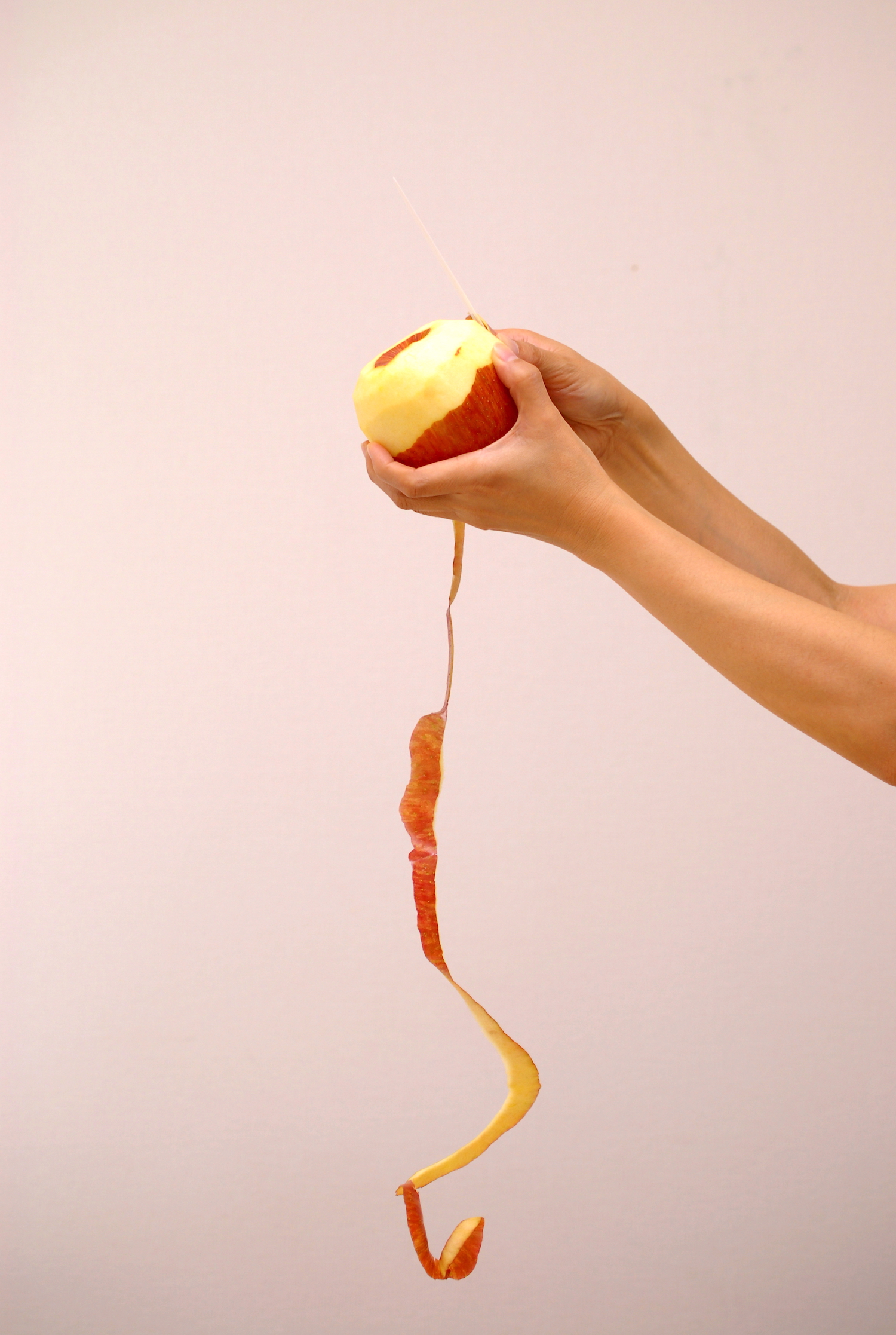 Artists are daily posting images and videos online. Many do so with the hope that that last image they posted will break through the social media barriers, fly past the noise and go viral. But how realistic is that scenario?
Artists are daily posting images and videos online. Many do so with the hope that that last image they posted will break through the social media barriers, fly past the noise and go viral. But how realistic is that scenario?
An article in Time magazine explored whether anything actually goes viral online. As the article explained: “Yahoo studied the spread of messages on Twitter. Their conclusion: nothing really ever goes viral. More than 90% of messages didn’t diffuse it all. The vast majority of the news that people see on Twitter – around 95% – comes directly from its original source or from 1° of separation.” Meaning most blog posts and videos travel in a closed universe. It’s true that people who have built their followings on various social media platforms are able to share their information to a substantial number of followers, but this study was looking at whether a Tweet could break through the noise and truly go viral.
To quote Time, “Popularity on the Internet is still driven by the biggest broadcasts – not by a million 1-to-1 shares, but rather by a handful of 1-to-1 million shares.”
The article went on to explain that although it was possible for a Tweet to explode online, it needed to be shared or covered by an outlet with huge reach. What this means is that the Internet is still driven by the big media which could be legacy media (TV, print and radio) or new media – to use Times’ examples, “a Kardashian post or a top spot on Reddit.”
The point of the piece wasn’t to dismiss the importance of social media, far from it, but to illustrate how, for a post, image, tweet, or video to go viral, it needs to be turbo-powered. In other words, you need the exposure in an outlet that can leap-frog you from your closed circle into the stratosphere.
This is where a traditional PR outreach and coverage in such media outlets as the New York Times, the Wall Street Journal, Time, CNN, the Today Show, NPR as well as smaller local and regional outlets can be so impactful.
By being featured in the media, you take your message directly to your target market and beyond. If you’re new and establishing yourself as an artist it’s often a good approach to begin by focusing on smaller media markets. The large markets have heavy competition. Everyone is looking for coverage there. That’s not to say that with the right story, you can’t gain national coverage, but by initially focusing on the smaller markets you can gain local coverage and start establishing you and your art. You can then take that media and magnify it online. Post it on your blog, Tweet the link to the article, post it on Facebook and other social media sites. The internet allows you to turn a local story into an international story.
You can then use your local media to pitch the national outlets. Once you’ve landed local media coverage, you are legitimately a story. Use that initial coverage to attract larger media outlets. And those marquee outlets are ones with the wide reach.
There a well-placed story can indeed zoom through the stratosphere and, yep, you’re viral.
Copyright © Fine Art Marketing Blog | PR FOR ARTISTS 2020
